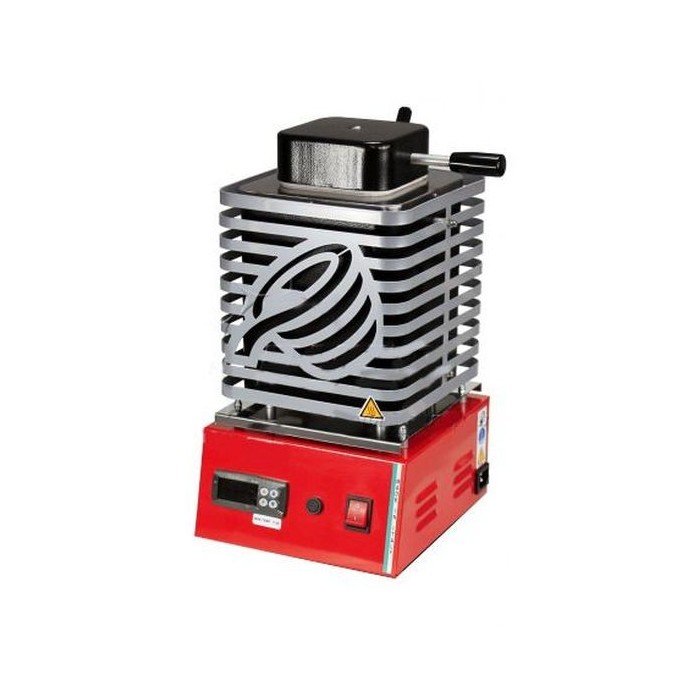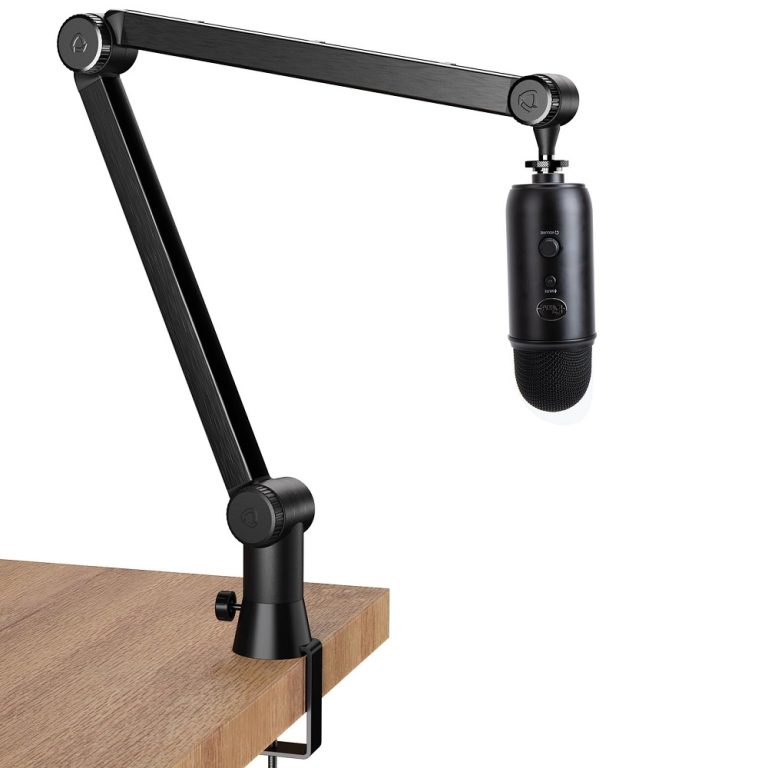Heating your home during the cold months is essential for comfort and safety. Many homeowners rely on electric furnaces for warmth, but the cost can vary widely based on several factors. Understanding these variables can help you manage your energy bills more effectively. In this article, we will delve into what influences electric furnace monthly cost, from energy rates to efficiency ratings.
Understanding Electric Furnace Basics
How Electric Furnaces Work
Electric furnaces operate by converting electrical energy into heat, which is then circulated through your home. Unlike gas furnaces that rely on combustion, electric models use heating elements that glow red-hot to produce warmth. The warm air is distributed via ductwork, which is controlled by a thermostat that senses the temperature of your home.
Because electric furnaces don’t produce exhaust gases, they often have an edge in terms of safety. They are a cleaner option that doesn’t emit harmful byproducts into your home. However, this efficiency comes at a cost, and understanding how energy consumption works will give you a clearer picture of your monthly expenses.
Annual Heating Needs
Your annual heating needs play a significant role in determining your electric furnace costs. The measure known as “heating degree days” (HDD) helps quantify how much energy is needed to heat your home. A higher number of HDDs indicates that the temperatures have been colder for longer periods, requiring more energy for heating.
Understanding your specific heating needs in relation to HDD can provide insight into how much you can expect to pay each month. Homes in colder climates or less insulated homes will generally incur higher costs compared to better-insulated homes in milder climates.
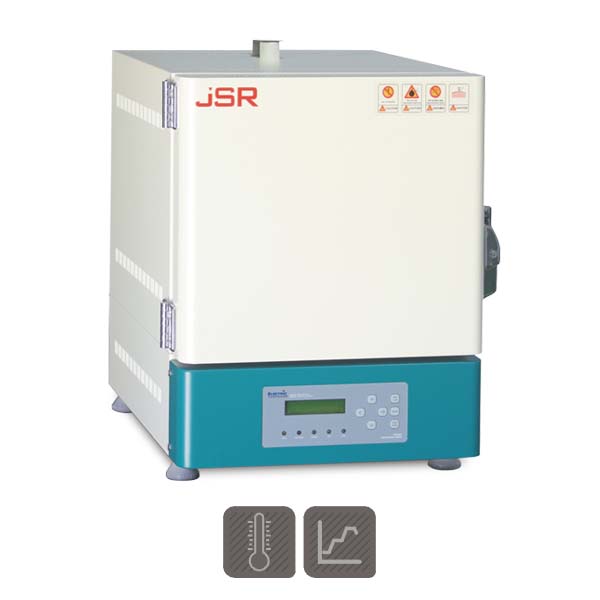
Energy Rates and Pricing Structure
Utility Provider Rates
Different utility providers offer varying rates for electricity, impacting your monthly energy bill. Rates can fluctuate based on the time of year, demand, and even the type of plan you have. Some providers offer time-of-use plans, where rates are cheaper during off-peak hours. If you can align your furnace usage with these off-peak times, your costs can significantly decrease.
Some utility companies also provide budget billing programs that average your monthly expenses over the year. While this can help stabilize your costs, it’s essential to note that it doesn’t reduce your overall energy bill; it simply spreads the payments out.
Geographic Factors
Geographic location also plays a vital role in energy pricing. Regions that rely heavily on renewable energy sources, like hydro or wind, may have lower electricity costs, resulting in more affordable heating. Conversely, areas dependent on fossil fuels or with aging infrastructures may face higher rates, impacting your monthly bill.
By researching your local market and understanding how supply and demand affect rates, you can choose a utility plan that benefits your budget most effectively.
Size and Efficiency of the Furnace
Furnace Size Matters
The size of your electric furnace is crucial. A unit that is too small will struggle to heat your home, leading to longer run times and increased energy use, consequently raising your monthly costs. Conversely, a furnace that is too large will cycle on and off frequently, which can lead to higher energy bills and uneven heating.
To determine the right size, you can consult a heating professional who can perform a load calculation based on the size of your home, insulation quality, and other factors like window size and orientation. Ensuring you have the appropriately sized furnace is an investment that pays off in energy savings.
Understanding Efficiency Ratings
Every electric furnace comes with an efficiency rating, often expressed as the Annual Fuel Utilization Efficiency (AFUE). A higher AFUE percentage indicates better efficiency, meaning more of your energy dollars go toward heating your home rather than being lost as waste. Models with an AFUE rating of 90% or higher are considered highly efficient.
While highly efficient models may come with a higher upfront cost, they can greatly reduce your long-term energy bills. Investing in a good quality, energy-efficient electric furnace not only lowers your monthly costs but also reduces the environmental impact.
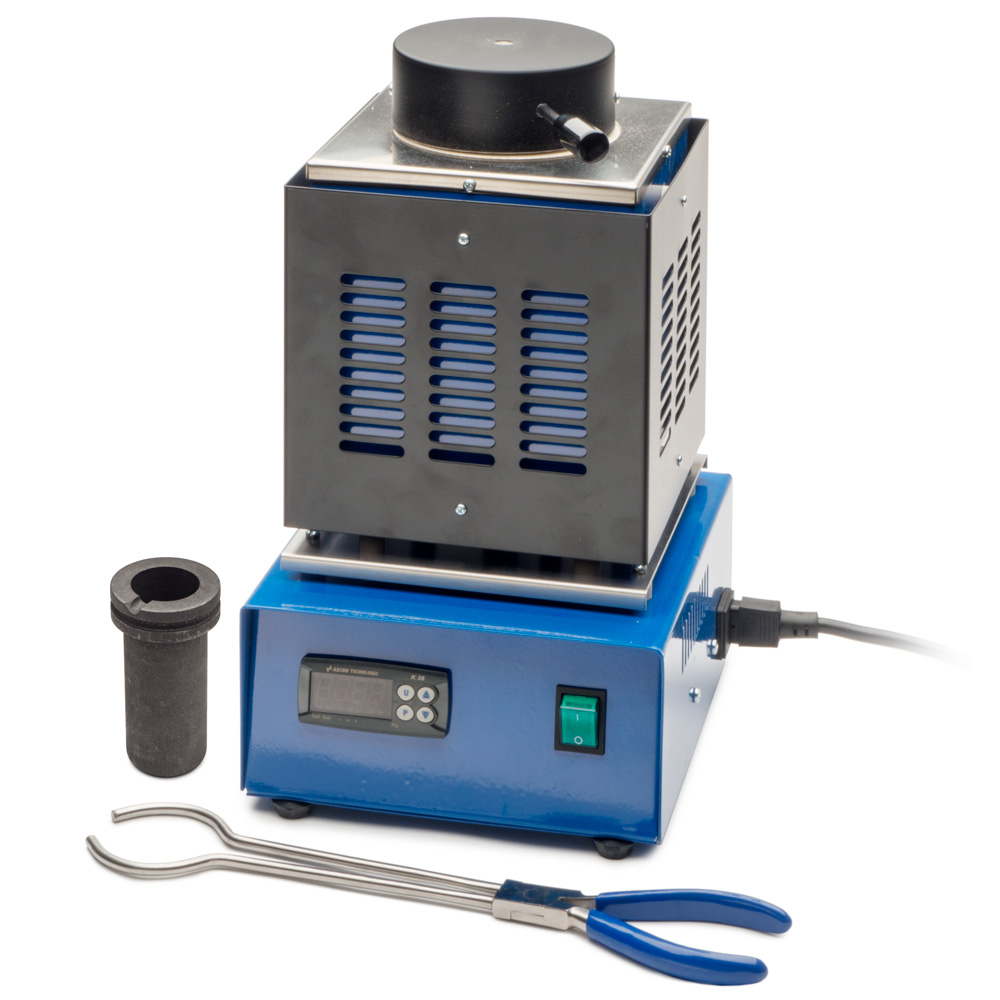
Insulation and Home Efficiency
The Role of Insulation
Insulation plays a critical role in determining how efficiently your electric furnace operates. Good insulation keeps warm air inside and prevents cold air from entering, reducing the workload on your furnace. Common areas where heat loss occurs include attics, walls, floors, and basements.
Improving insulation can be a cost-effective way to lower your energy bills. Techniques like adding insulation batts to your attic or blown insulation to walls can significantly enhance overall home efficiency. Not only does this keep your home warmer, but it also saves you money on heating costs.
Windows and Door Sealing
Windows and doors can be major culprits of heat loss. Older, single-pane windows offer little insulation, allowing cold air to flow in and warm air to escape. If you haven’t done so already, consider upgrading to double- or triple-pane windows for better insulation. Additionally, check weatherstripping and caulking around doors and windows to ensure a tight seal.
Automated smart thermostats can further enhance energy efficiency. They allow you to program heating schedules according to your lifestyle, ensuring that you aren’t wasting energy while you are away. By addressing these home efficiency factors, you can significantly reduce the cost of operating your electric furnace.
Usage Habits and Lifestyle
Your Heating Schedule
How you use your furnace can dramatically affect your monthly costs. For instance, if you frequently adjust the thermostat up and down, your furnace will have to work harder to maintain the desired temperature. Keeping your thermostat at a steady, reasonable setting will increase your furnace’s efficiency and lower energy use.
Consider using programmable thermostats that allow you to set specific heating schedules based on your routine. For instance, lowering the temperature during the night or while you’re away from home can lead to significant savings.
The Impact of Personal Habits
Your daily habits also contribute to energy consumption. If you tend to use heat-producing appliances, such as ovens or dryers, during peak heating hours, this can add extra strain to your furnace. Also, check if you leave doors to unheated rooms open; this wastes energy.
Creating a personal strategy for using heat more effectively can alleviate unnecessary energy costs. Simple actions like dressing warmly indoors or using blankets can help reduce reliance on the furnace.
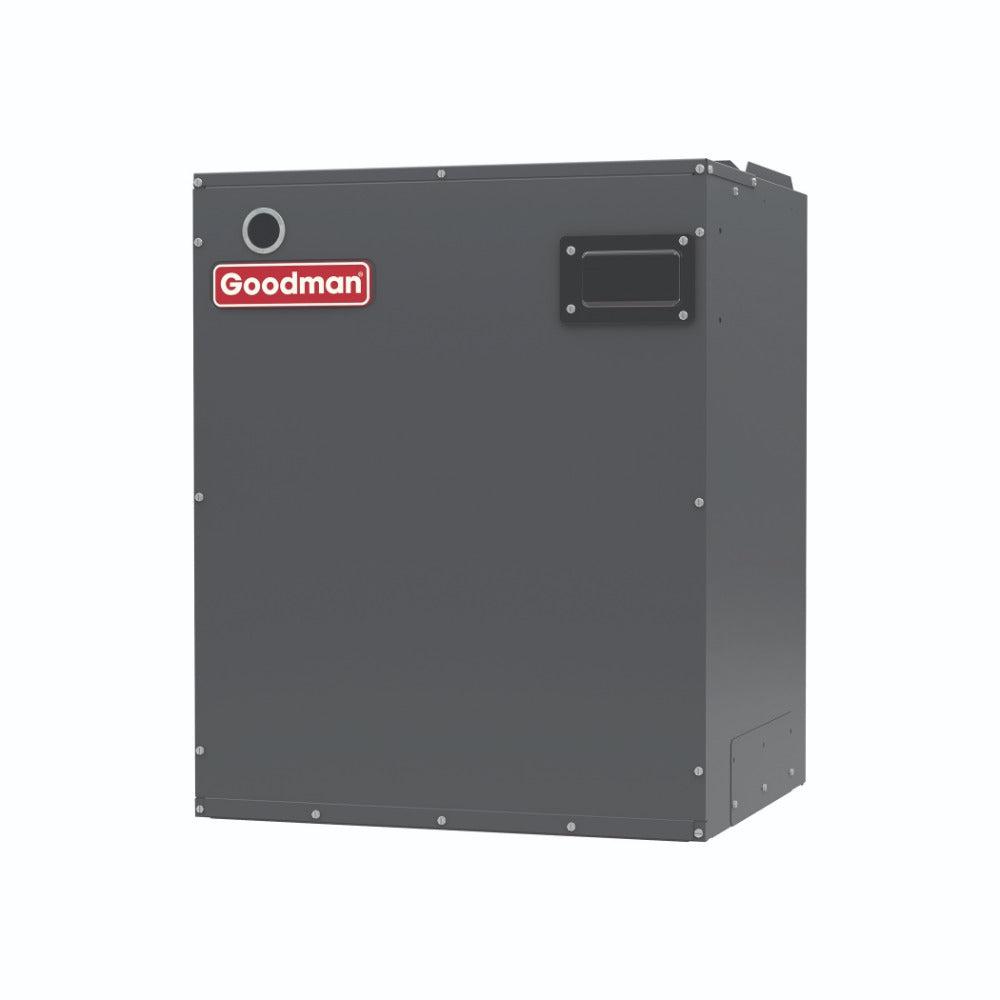
Maintenance and Upkeep
Regular Maintenance Practices
Maintaining your electric furnace monthly cost is crucial for its efficiency and longevity. Many homeowners overlook the importance of regular maintenance, which can lead to unexpected breakdowns and increased costs. Schedule a professional maintenance check at least once a year to clean components, check electrical connections, and inspect the heating elements.
You can also perform small, regular tasks yourself, such as checking and cleaning air filters monthly. Clogged filters constrain airflow, causing the furnace to work harder and consume more electricity. Keeping filters clean can help maintain optimal airflow and heating efficiency.
Identifying and Addressing Repairs
Early identification of issues can prevent costly repairs. Be alert for signs of malfunction, such as unusual noises, inconsistent heating, or a burning smell. Address these issues promptly with a qualified technician. Timely repairs can return your furnace to optimal operation, ensuring it runs efficiently and keeps your energy bills manageable.
It’s also wise to consider upgrades. If your electric furnace is older, investing in a newer, more efficient model may be more cost-effective in the long run compared to constant repairs.
Seasonal and Weather Considerations
How Seasons Affect Costs
Your electric furnace monthly cost can vary seasonally. During particularly harsh winters, your furnace will work overtime to maintain warmth, resulting in higher bills. Conversely, during milder winters, costs may stabilize. Being mindful of seasonal shifts can help you anticipate potential spikes in your energy bill.
To prepare for peak heating months, you might consider setting aside a portion of your budget in advance for winter costs. This way, you won’t feel overwhelmed by the expense when the cold weather hits.
Weathering Winter Wisely
In addition to preparing your budget, you can better prepare your home for winter by weatherproofing. This includes adding insulation, checking furnace performance, and sealing gaps where cold air may enter. Proper weatherproofing can lead to lower energy bills by helping your furnace run more efficiently.
Moreover, staying informed about energy-saving programs or incentives in your area can provide additional support during difficult months. Many utility companies offer support for weatherproofing or energy-efficient home upgrades.
Managing Your Electric Furnace Costs
Understanding the various factors that contribute to the monthly cost of running your electric furnace not only allows you to budget more effectively but also empowers you to take proactive steps in managing those costs. From energy rates and efficiency ratings to home insulation and usage habits, each component impacts your energy bill. Regular maintenance and smart strategies for heating can greatly enhance your furnace’s efficiency, ensuring that your home remains warm and your energy bills manageable. By being informed and taking action, you can enjoy a cozy winter without breaking the bank.
